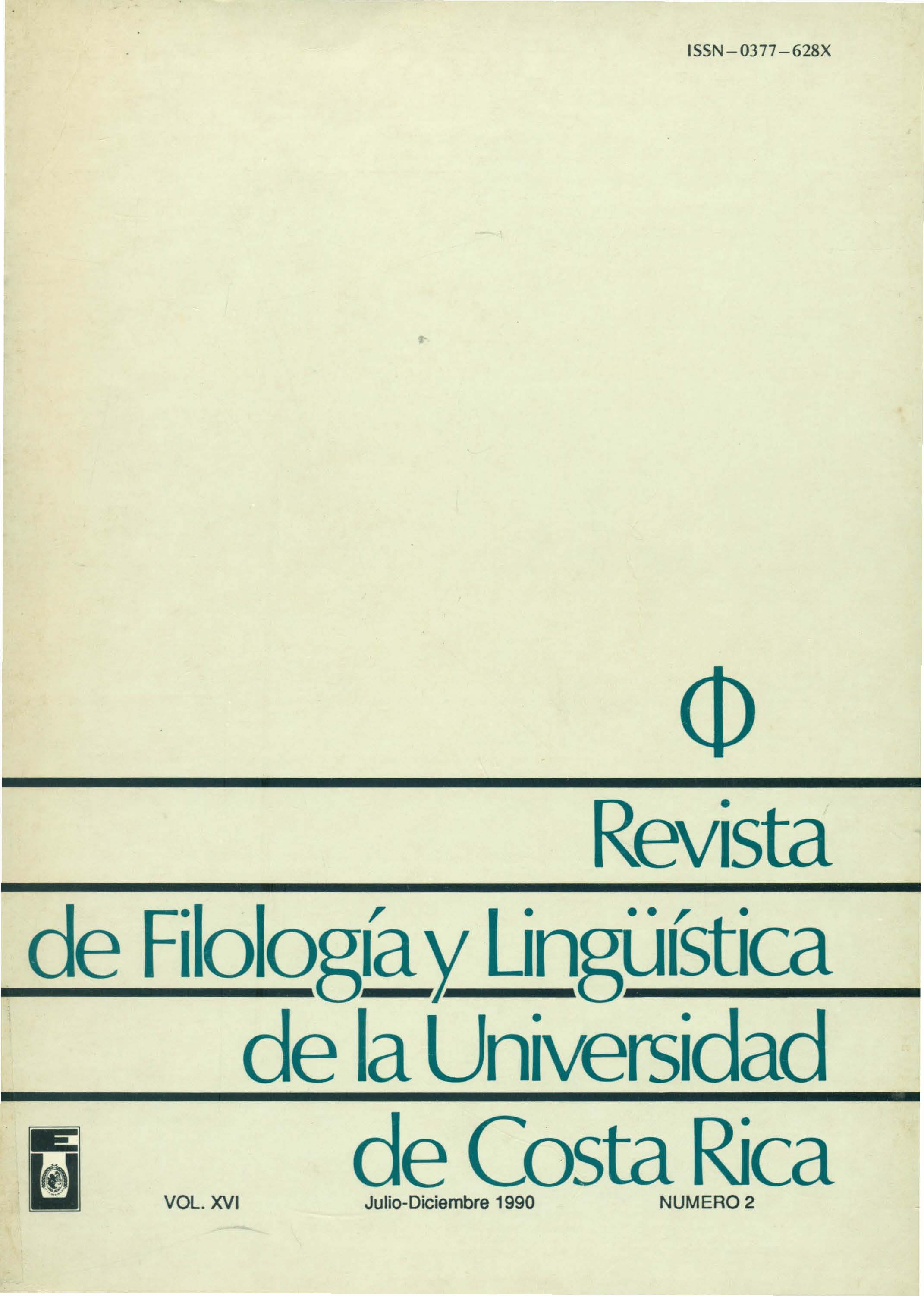Resumen
Dos factores principales en los intercambios conversacionales: en primer lugar, la intención comunicativa y segundo, la sociedad misma. Este documento se centra en un tipo de acto comunicativo definido por Michael McTear (1985) como el captador de la atención. Captar la atención es, de acuerdo con McTear, dispositivos multifuncionales utilizados por el hablante para iniciar un intercambio o para establecer la comunicación después de varios intentos fallidos. La intención del hablante, un niño en este caso, es captar la atención de los adultos cuando necesita ayuda para realizar algún tipo de tarea escolar. En general, este trabajo presenta los resultados de un estudio observacional en el que los niños, en edades de seis a doce, interactuan en el aula y en la biblioteca de la escuela. Se supone, pues, que si se les ha dado la instrucción adecuada, el niño necesitará muy poca ayuda, pero si por alguna razón, el niño no entiende el mensaje del maestro, él / ella va a hacer uso de captar la atención con el fin de establecer la comunicación . Por otra parte, el niño va a utilizar captar la atención para obtener información o para participar en las actividades de clase.
Two main factors condition conversational exchanges: fírst, the communicative intent and second, society itself. This paper concentrates on one type of communicative act defined by Michael McTear (1985) as the attention getter. Attention getters are, according to McTear, multifunctional devices used by the speaker to initiate an exchange or to establish communication after various unsuccessful attempts. The intention of the speaker, a child in this case, is to capture the attention of the adult whenever help is needed to perform some kind of school task. In general, this paper presents the results of an observational study in which children, ages six to twelve, interact in the classroom and in the school library. It is assumed, then that if proper instruction has been given, the child will need very little help, but if for some reason, the child does not understand the teacher's message, he/she will make use of attention getters in order to establish communication. Furthermore, the child will use attention getters to obtain information or to participate in class activities.
Citas
Cary, Mark S. 1978. "The role of gaze in the initiation of a conversation."Social Psychology, 41: 269-271.
Coulmas, Florian, comp. 1981. Conversational Routine. NewYork: Mouton Publishers.
Fergusson, Charles A. 1976. "The structure and use of politeness formulas." Language in Society, 5: 137-151.
French, Peter y McLure, Margaret. 1981. Adult-Child Conversation. London: Croom Helm Ud.
Garvey, Catherine. 1984. Children's Talk. Cambridge: Mass.: Harvard University Press.
Givens, David. 1978. "Greeting a stranger: some commonly used non-verbal signals of aversiveness". Semtotica, 22: 351-367.
Heath, Shirley Brice. 1978. "Social history and sociolinguistics." The American sociologist, 13: 84-92.
Hunt, Gary T. 1985. Effective Communication. Englewood Cliffs, New Jersey: Prentice Hall, Inc.
Kendom, Agam. 1967. "Some functions of gaze direction in social interaction." Acta Psychologica, 26:22-63.
Laver, John y Hutcheson, Sandy. 1972. Communication in Pace-to-Face Interaction. New York: Penguin Books.
Lee, David. 1986. Language. Children and Society. New York: New York University Press.
Lund, Nancy J. y Duchan, Judith F. 1983. Assesing Children 's Language in Naturalistic Contexts. Englewood Cliffs.New Jersey: Prentice Hall, Inc.
McTear, Michael y Blackwell, Basil. 1985. Children's Conversation. New York: Basil Blackwell Publishers, Ud.
Rondal, jean A 1985. Adult-Child Interation and the Process of Language Acquisition. New York: Praeger Special Studies.
Schiffrin, Deborah. 1977. "Opening Encounters." American Sociological Review, 42: 679-691.
Weeks, Thelrna. 1971. "Speech registers in young children." Child Development, 42: 1119-1131.

